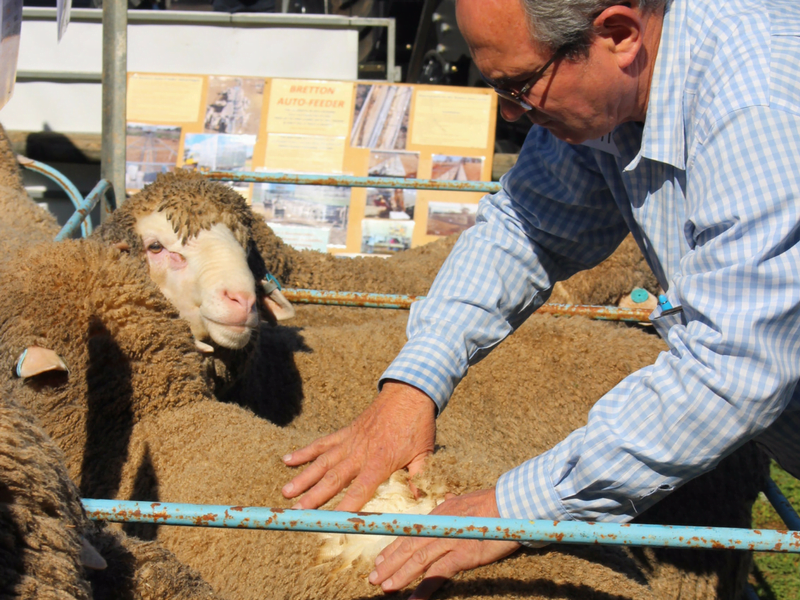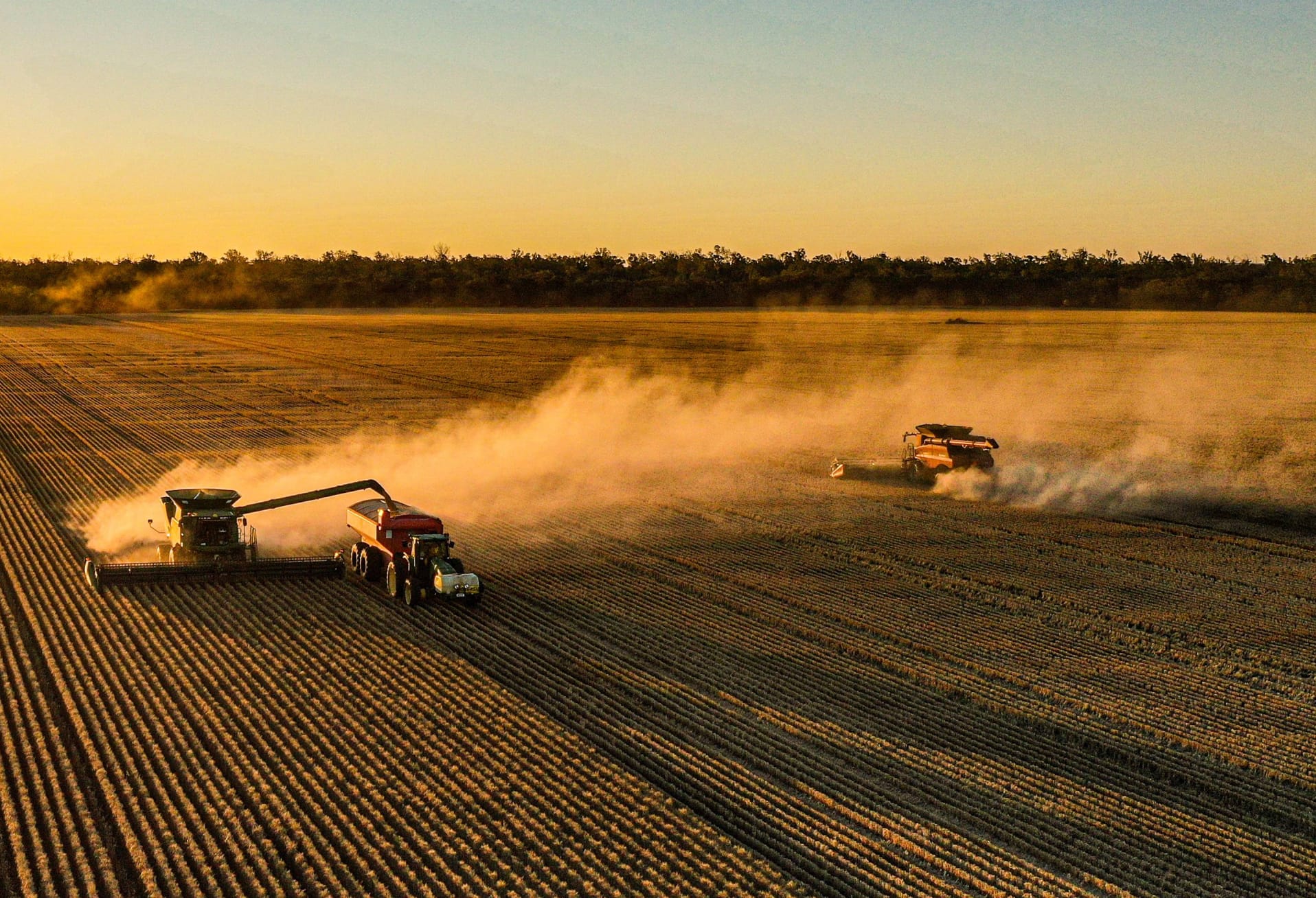April Best Wool Best Lamb meetings held at Miram, Watchem and Hopetoun hosted David Horsnell of Animal Logic who spoke about the basics of ruminant digestion and how supplements can help alleviate digestive issues and optimise the nutritional value of grain. Touched on here are some of the ruminant digestion basics.
David explained how about 80% of the energy available for maintenance and production in sheep is produced in the Rumen, which is essentially a large ‘fermentation vat’ containing billions of microbes.
Ruminants cannot extract nutrients directly from feed, and require these microbes to convert protein and energy from feed into sources they can utilise. Generally, microbes only live for 3-5 hours wherein they reproduce then die. Most protein is supplied from the breakdown of large quantities of dead and live microorganisms that have been washed out of the rumen into the small intestine where they are digested and absorbed as good quality protein. Most of the daily energy requirements are derived from a group of microbial waste products; volatile fatty acids (VFAs) propionate, butyrate and acetate.
Starches are among the simplest compounds Rumen microbes are exposed to, and in turn tend to stimulate the highest rate of fermentation activity.
Sometimes ‘bypass’ protein sources are fed to help overcome protein shortages caused by low fermentation rates or to meet increased demands driven by high milk production or weight gain. Sheep need both forms of rumen-degradable and bypass protein to function efficiently, which are provided by lupins, beans and peas. Ideal levels of lupins are 10-20%, beans 15-20% and peas at 18-30% of the diet. Canola and cottonseed meal are also excellent sources of high quality protein provided as 10-20% of the diet. Care however should be taken to ensure correct protein levels for the class of animals otherwise excess protein will result in less efficient use of available energy towards maintenance and growth.
Increasing dietary starch stimulates the microbes that produce propionate – the most efficient source of energy. Increasing fibre in the diet, reduces starch intake and hence propionate producing bugs, leading to more microbes that produce acetate – the least efficient energy source with a more complex pathway to produce.
The catch with high starch intake which promotes propionate production, is that excess acidic waste production also occurs. This (lactic) acid reduces rumen pH and kills microbes, causing acidosis (known as grain poisoning) which can burn rumen papillae off (folds in the rumen lining used for nutrient absorption) and can cause leakage across the rumen membrane.
Lower starch grains or high fibre feeds are regarded safer as they produce lower levels of acidic waste compounds. However, this also means there is lower production of the VFA’s needed for maximising energy availability to the animal. So these ‘safer’ feeds tend to be less efficient and least economic.
The next discussions will be around using supplements to alleviate digestive issues and optimise the nutritional value of grain, to be a part of the BWBL meetings and become a BCG Livestock member contact the BCG offiice on 03 5492 2787.










